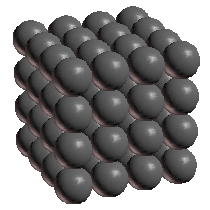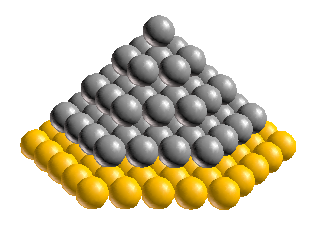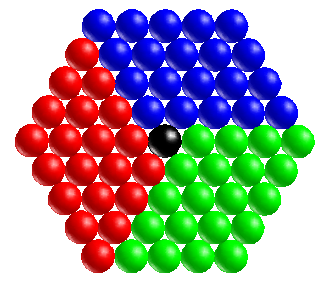I would love to talk about the fourth dimension here, but I think for many people it would be a stretch. So maybe it’s a good idea to start with a different question: How would you explain our three dimensional world to a creature who lives in only two dimensions? How, for example, would you explain a cube, or a pyramid, or an octahedron?
Of course Edwin Abbott got here nearly 130 years ago. But he was limited by the relatively scarcity of computers in those days, so perhaps we can take the argument further.
Yet I wonder whether that is even the best place to start. Maybe we should begin by placing ourselves in the (very flat) shoes of those two dimensional creatures. Imagine them looking sadly upon beings who exist only in a one dimensional universe — that is, inside a line.
I imagine our two dimensional creatures would feel very grand indeed, compared to such poor monodimensional souls. “How,” they might well ask themselves, “can we explain something as complex as a square or a triangle to someone who can perceive only one dimension?”
The answer, of course, is to appeal to their one dimensional friend’s intelligence and imagination. But more on that tomorrow.







